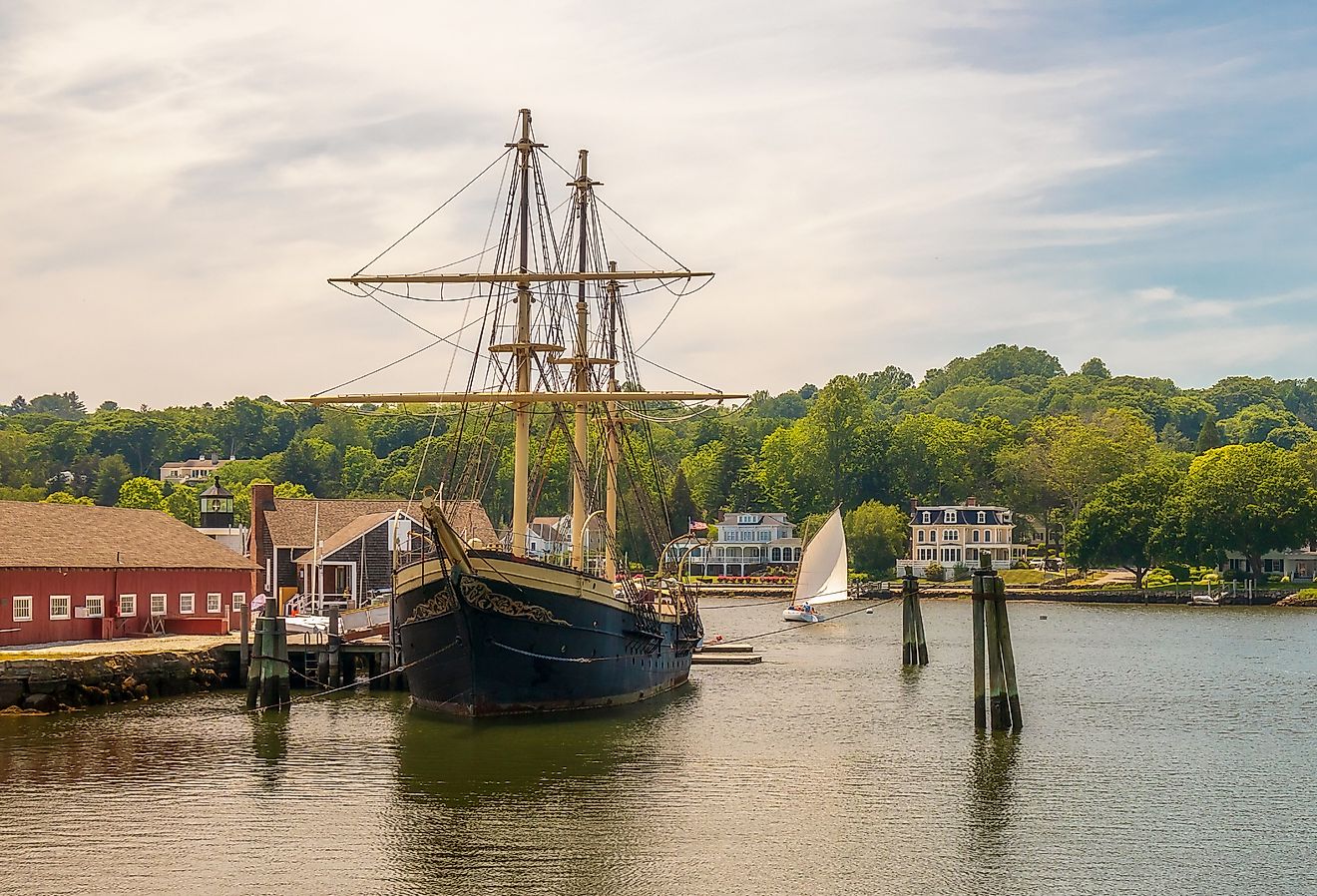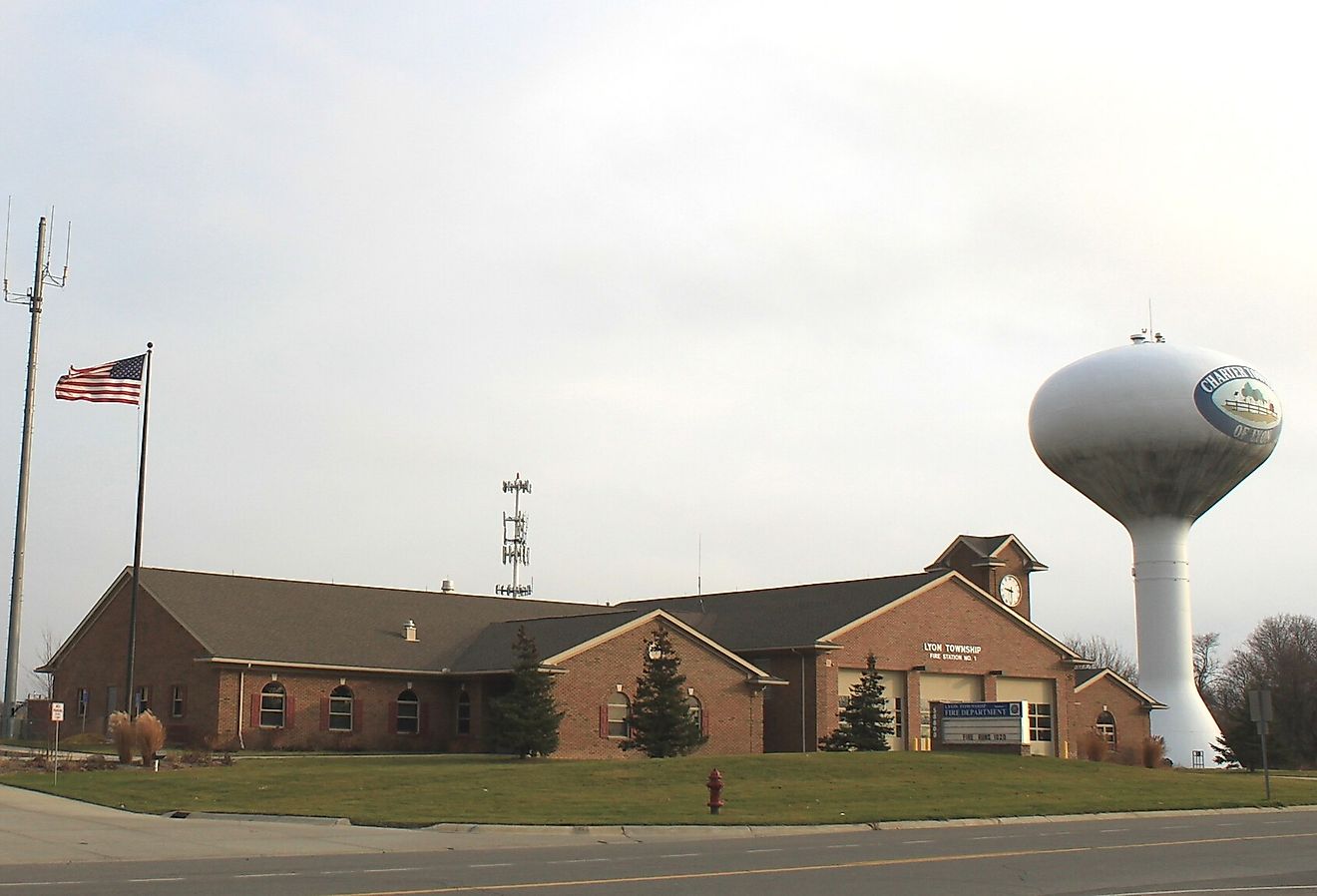Ghost Towns of America: Cahaba, Alabama

Known as the famous ghost town of Alabama, Cahaba, also spelled as Cahawba, is located at the confluence of the Cahaba and Alabama rivers. Between 1820 and 1825, Cahaba was Alabama’s first state capital; up until 1866, Cahaba was also the county seat of Dallas County in the US state of Alabama. Following a major flood that devastated the region in 1865, the state legislature decided to move the county seat from Cahaba to Selma since it was better suited. Cahaba was officially unincorporated in 1989, the town was listed on the 1860 to 1880 US censuses but did not show up on the census rolls afterward. At present, Cahawba is not only a ghost town but also a state historic site.
Alabama’s First State Capital
Cahaba had its start as an underdeveloped town site sitting at the confluence of the Alabama River and the Cahaba River. When officials agreed that the US state of Alabama should be carved from the Mississippi Territory, the newly created state needed a capital. On February 13th, 1818, a commission was formed at the old territorial capital of St. Stephens to select the new site for the state capital of Alabama. The site they chose was Cahaba, which was approved on November 21st, 1818. Since Cahaba was not well developed, Huntsville accommodated the state’s constitutional convention until a statehouse was constructed in the town. However, Cahaba would not hold the position for long, the main reason being the land upon which the town was built was swampy. The site also lay in a bend where two major rivers converge thus becoming prone to seasonal flooding. In 1825, the town suffered a major flood which left a portion of the statehouse destroyed. As a result, a motion to vote for a new state capital was tabled, and the legislature voted Tuscaloosa as the new state capital of Alabama.
The Downfall of Cahaba
Despite losing the designation as the state capital, Cahaba remained the county seat of Dallas County, so its inhabitants still clung to their way of life. As the production of cotton became significantly important in the Black Belt of Alabama, the town of Cahaba soon became a port. Thousands of cotton bales were shipped on steamboats to Mobile, Alabama down the Alabama River. The town was flourishing as the boom even brought a railroad in 1859 to Cahaba, but disaster was lurking just around the corner. The disaster turned out to be the Civil War which devastated the town’s economy. The Confederate Army took the rail lines for military purposes and turned Cahaba’s large cotton warehouse into a military prison locally known as Castle Morgan but officially known as the Cahaba Military Prison. After the war, most of the town’s residents had fled. The final disaster that struck Cahaba was the 1865 flood which demolished the town.
Present-day Cahaba
At present, the town of Cahaba is known as the Old Cahaba Archeological Park, and it comprises of old ruins, cemeteries, and abandoned streets. The town has been the setting for a myriad of ghost stories and historical research bringing many curious minds to the place. Aside from the significant amount of history about the place, there are a wide array of exciting activities to do at Old Cahaba. Some of them include throwing a coin into the Perine Well and making a wish, walking down to the confluence of the Alabama and Cahaba rivers, or visiting the grounds of Castle Morgan. The site of Cahaba illustrates the mystery of how a flourishing and prominent town can quickly disappear from existence.











